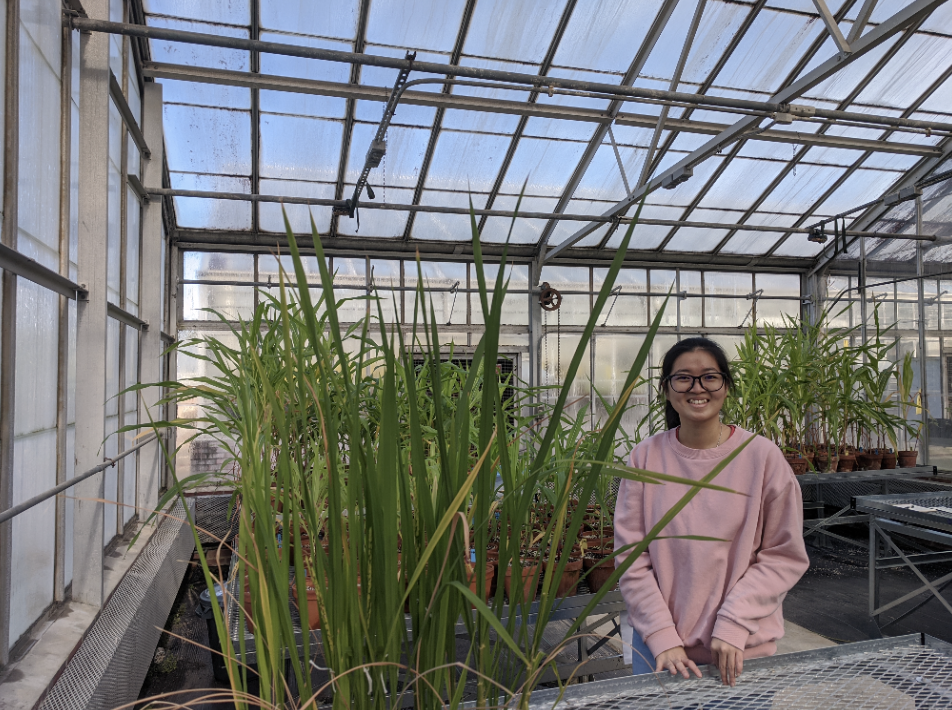Enhancing Accuracy in Plant RNA-Seq Analysis Through Spike-in Normalization
RNA-Sequencing (RNA-Seq) is pivotal in plant biology, offering genome-wide insights into transcriptional dynamics. However, biases in differential gene expression (DEG) analysis, due to within-sample and between-sample variations, pose challenges. Many plant RNA-Seq analysis pipelines utilize normalization methods assuming consistent total transcript levels among samples, yet the validity of this assumption remains unverified. The authors, from North Carolina State University, Delaware State University, Texas Tech University and Kansas State University, demonstrate the crucial role of external RNA spike-ins for normalizing total RNA levels, particularly under conditions where experimental factors significantly alter gene expression. Through synthetic RNA-Seq datasets and experimental data from sorghum, the study demonstrates that spike-in normalization enhances the accuracy, specificity, and sensitivity of DEG identification. It also demonstrates the impact of spike-in normalization on revealing time-of-day-specific gene expression patterns in plants. The improvement of transcript abundance with the spike-in normalization was also observed in the AM vs. PM DEGs under chilling stress conditions. Sobic.003G048600 (GLUTAREDOXIN 4, GRX4) and Sobic.003G257600 (TAF11) were significantly up-regulated in the evening with the spike-in normalization method, but their expression increased in the morning with the default normalization. Sobic.001G537300 (HOMEOBOX-LEUCIN ZIPPER PROTEIN REVOLUTA, REV) and Sobic.007G186300 (ANKYRIN REPEAT-CONTAINING PROTEIN 2, AKR2) were significantly up-regulated in the morning with the default normalization. However, they tended to be down-regulated in the morning with a spike-in normalization. These findings underscore the importance of carefully selecting and applying appropriate normalization methods to accurately interpret and compare gene expression patterns, as the normalization method affects not only the statistical significance but can also alter the log fold-changes differences between treatments. Moreover, the discussion extends to potential applications of spike-in normalization in single-cell RNA-Seq studies, emphasizing its role in controlling technical variation and enabling accurate comparisons across cell types and conditions. The necessity of considering global transcriptional changes induced by environmental conditions is underscored and the authors advocate for the adoption of spike-ins in RNA-Seq experiments, when feasible, to ensure reliable and interpretable results.
SorghumBase examples:
“Sobic.003G048600 (GLUTAREDOXIN 4, GRX4)” was picked up as an example that shows significantly up-regulated under chilling stress in sorghum in the evening with the spike-in normalization method to explore SorghumBase below:




Reference:
Laosuntisuk K, Vennapusa A, Somayanda IM, Leman AR, Jagadish SK, Doherty CJ. A normalization method that controls for total RNA abundance affects the identification of differentially expressed genes, revealing bias toward morning-expressed responses. Plant J. 2024 Jan 30. PMID: 38289828. doi: 10.1111/tpj.16654. Read more
Related Project Websites:
- Coleen Dougherty’s page at North Carolina State University: https://cals.ncsu.edu/plant-and-microbial-biology/people/cjdohert/
- Krishna Jagadish’s page at Texas Tech University: https://www.depts.ttu.edu/pss/people/faculty/jagadish-krishna/jagadish-krishna.php




